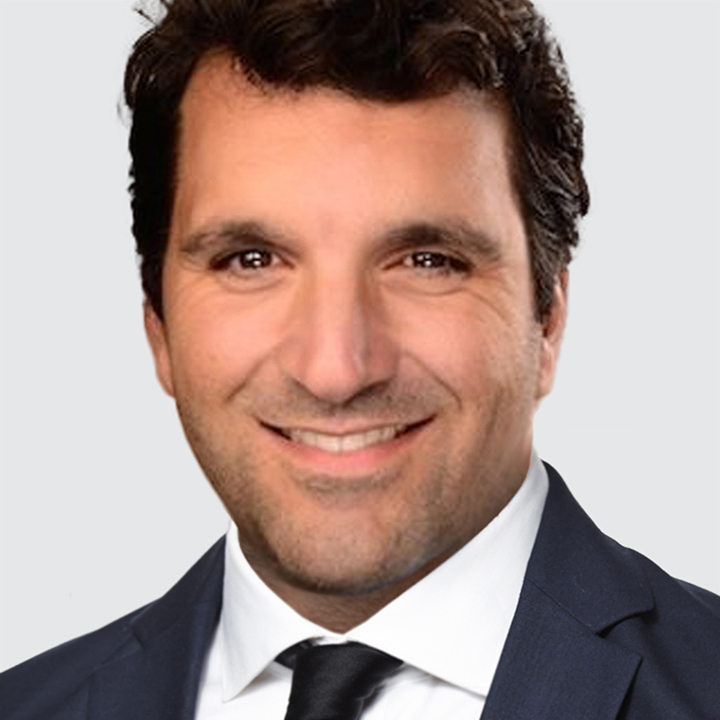Growth Check-Up
USD and Treasury yields are building on yesterday’s gains triggered in part by soaring US services sector activity. The services PMI unexpectedly improved in March to a three-month high at 54.3 (consensus: 51.0) vs. 51.0 in February. However, service sector confidence deteriorated for a third consecutive month suggesting the services upturn may be temporary. Indeed, some of the March increase in services was reportedly due to business picking up after adverse weather conditions had dampened activity across many states in January and February.
Meanwhile, US manufacturing sector activity fell back into decline. The manufacturing PMI dropped to a three-month low of 49.8 (consensus: 51.7) vs. 52.7 in February. Still, the contraction in manufacturing activity should be short-lived as sentiment about the future in manufacturing remained among the highest seen over the past three years.
Atlanta Fed President Raphael Bostic (non-FOMC voter) said yesterday he now sees only one interest-rate cut this year vs. two previously. Bostic noted he foresees inflation as “very bumpy” this year and likely to move sideways. In contrast, Fed funds futures have a full 50bps of easing priced-in by year-end.
Remember, the updated Fed funds rate projections released last week were unchanged, but details were skewed in favor of less easing. The 2025 Dots still implies 50bps of cuts, albeit with the support of 9 Fed officials vs 10 in December. Also, 4 Fed officials see one 25bps cut in 2025 vs. 3 in December and 4 Fed officials penciled-in no change for 2025 vs. only 1 in December. Meanwhile, less Fed officials than in December look for 75bps or more of easing in 2025.
Overall, the less encouraging US growth outlook and sticky inflation backdrop will complicate the Fed’s job and is an important headwind for USD. We’ll get a timely update on US economic activity today with the release of: the March Philadelphia Fed non-manufacturing activity (12:30pm London), March Conference Board consumer confidence (2:00pm London), and March Richmond Fed manufacturing and business conditions (2:00pm London). Fed speakers include: Fed Governor Adriana Kugler (12:40pm London) and New York Fed President John Williams (1:05pm London).
Watch-out for the labor differential index (jobs plentiful minus jobs hard to get), a sub-category of the Conference Board consumer confidence report. In February, that index fell to a to a four-month low at 17.1 vs. 19.4 in January. This indicates consumers are less optimistic about future labor market conditions and could ultimately restrain household spending intentions.
EUROZONE
EUR/USD is trading heavy around 1.0780 with the next big support offered at the 200-day moving average at 1.0726. The March German IFO business index is up next (9:00am London). Headline is expected at a seven-month high of 86.7 vs. 85.2 in February, current assessment is expected to rise 0.5pts to 85.5, and expectations is forecast to rise 2.1pts to a four-month high at 87.3. Bottom line: the ECB is unlikely to slash rates more than is currently priced-in (50bps over the next 12 months) which is EUR supportive.
JAPAN
USD/JPY is up near a multi-week high just under 151.00 with the next big resistance offered at the 200-day moving average at 151.75. The Bank of Japan (BOJ) published the minutes of the January 24 meeting. At that meeting, the BOJ raised the policy rate 25bps to 0.50%, in line with consensus, and reiterated it would continue to raise the policy interest rate if the outlook for economic activity and prices will be realized. Only Nakamura Toyoaki dissented on raising rates, which was not surprising as he also voted against raising rates last July.
A key takeaway from the minutes is that the bar for an aggressive tightening cycle is high. One member pointed out that “it would be necessary for the Bank to carefully adjust its monetary policy while examining the impact of the policy interest rate hike on economic activity and prices at the time of each rate hike.” The swaps market continues to imply less than 50bps of rate BOJ hikes by December 2025 and terminal rate of 1.00% to 1.25% over the next two years.
AUSTRALIA
AUD/USD is directionless below 0.6300. Australian Treasurer Jim Chalmers will deliver a pre-election budget today. The government is expected to show spending restraint to avoid complicating the RBA’s job at curbing inflation pressures. Australia must hold an election by May 17 and the Labor government is almost neck-and-neck with the center-right opposition coalition in polls.
HUNGARY
National Bank of Hungary is expected to keep rates steady at 6.50% (1:00pm London). At the last meeting February 25, the bank kept rates steady at 6.50%. Deputy Governor Virag said then that “A cautious, patient, stability-oriented policy continues to be warranted,” adding that the bank will raise the top end of its 2025 inflation forecast from 4.1% in its updated macro forecasts that come at this week’s meeting. The swaps market is pricing in steady rates over the next 12 months.

